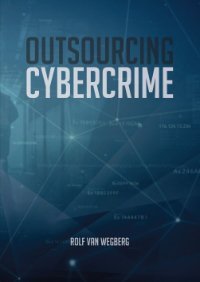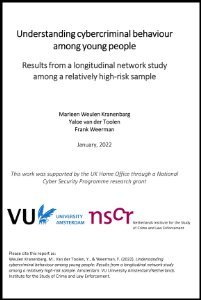By R. S. van Wegberg.
Many scientific studies and industry reports have observed the emergence of so-called cybercrime-as-a-service. The idea is that specialized suppliers in the underground economy cater to criminal entrepreneurs in need of certain capabilities – substituting specialized technical knowledge with “knowing what to buy”. The impact of this trend could be dramatic, as technical skill becomes an insignificant entry barrier for cybercrime. Forms of cybercrime motivated by financial gain, make use of a unique configuration of technical capabilities to be successful. Profit-driven cybercrimes, as they are called, range from carding to financial malware, and from extortion to cryptojacking. Given their reliance on technical capabilities, particularly these forms of cybercrime benefit from a changing crime paradigm: the commoditization of cybercrime. That is, standardized offerings of technical capabilities supplied through structured markets by specialized vendors that cybercriminals can contract to fulfill tools and techniques used in their business model. Commoditization enables outsourcing of components used in cybercrime - i.e., a botnet or cash-out solution. Thus lowering entry barriers for aspiring criminals, and potentially driving further growth in cybercrime. As many cybercriminal entrepreneurs lack the skills to provision certain parts of their business model, this incentivizes them to outsource these parts to specialized criminal vendors. With online anonymous markets - like Silk Road or AlphaBay - these entrepreneurs have found a new platform to contract vendors and acquire technical capabilities for a range of cybercriminal business models. A configuration of technical capabilities used in a business model reflects the value chain of resources. Here, not the criminal activities themselves, but the technical enablers for all these criminal activities are depicted. To create a comprehensive understanding of how businessmodels in profit-driven cybercrime are impacted by the commoditization of cybercrime, we investigate how outsourced components can fulfill technical capabilities needed in profit-driven cybercrime. This is where we use an economic lens to deliver an overview of criminal activities, resources and strategies in profit-driven cybercrime. In turn, knowing how outsourcing fulfils A study into the treatment of victims and its effects on their attitudes and behaviourparts of the value chain, can help law enforcement exploit ‘chokepoints’ – i.e., use the weakest link in the value chain where criminals appear to be vulnerable.
Delft University of Technology, 2020. 202p.








